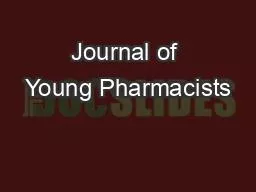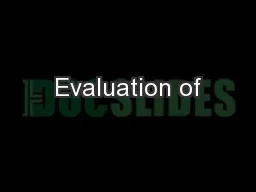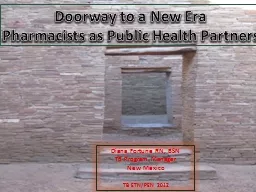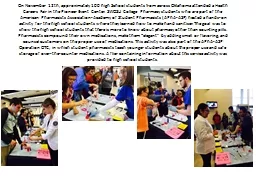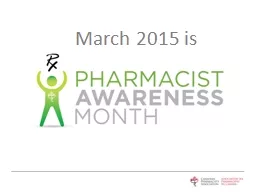PDF-Journal of Young Pharmacists
Author : caroline | Published Date : 2021-10-07
Vol 11 Issue 4 OctDec 2019361INTRODUCTION31e use of herbs and their formulations to treat diseases has stood since from long time 31e chemical constituents present
Presentation Embed Code
Download Presentation
Download Presentation The PPT/PDF document "Journal of Young Pharmacists" is the property of its rightful owner. Permission is granted to download and print the materials on this website for personal, non-commercial use only, and to display it on your personal computer provided you do not modify the materials and that you retain all copyright notices contained in the materials. By downloading content from our website, you accept the terms of this agreement.
Journal of Young Pharmacists: Transcript
Download Rules Of Document
"Journal of Young Pharmacists"The content belongs to its owner. You may download and print it for personal use, without modification, and keep all copyright notices. By downloading, you agree to these terms.
Related Documents

